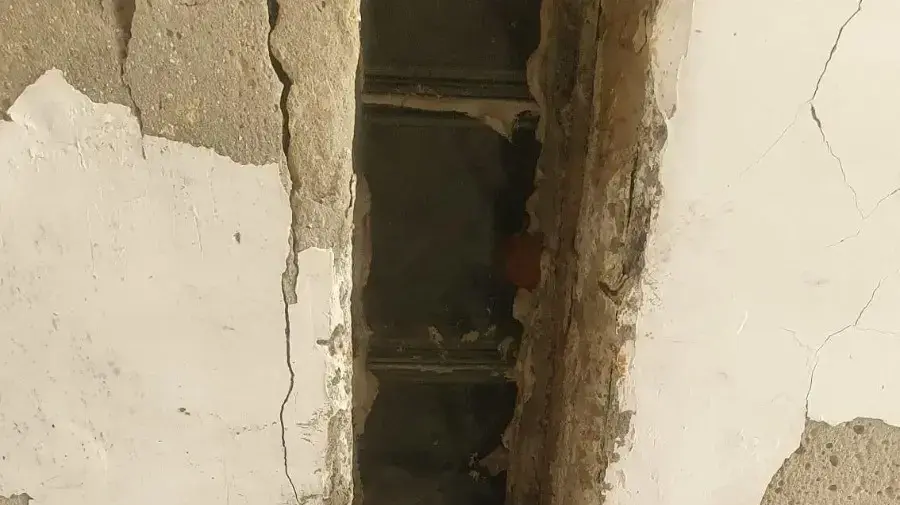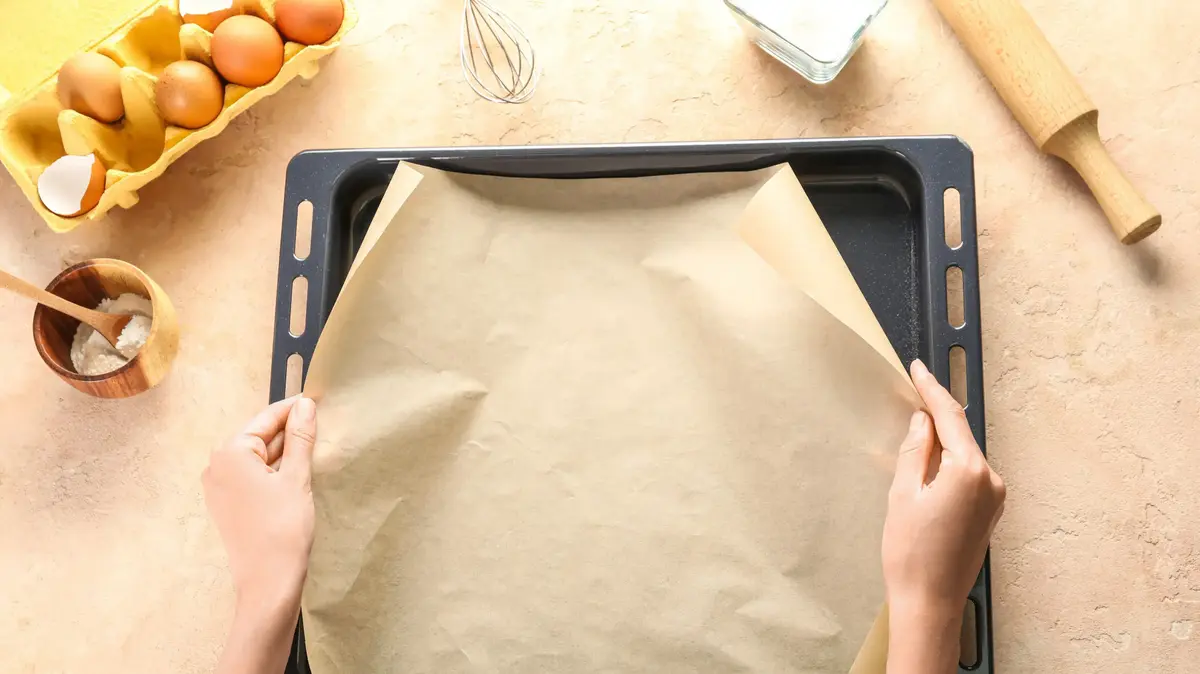Danger of mold growing: tenants need to know that now
Created: 03/12/2022 15:03
Mold in the home is not something to be trifled with.
© ISOTEC Starnberg
In the cold season, incorrect heating and ventilation behavior can be devastating.
However, there are hardly any legal requirements.
What tenants should know in their own interest.
Munich - Heat less to save energy - that's what many tenants have planned for this autumn and winter.
But how far can thrift go?
If the rooms are too cold, mold can form.
Are there legal requirements as to how tenants must heat and ventilate?
This is not uniformly regulated.
While the government has set a maximum of 19 degrees for companies in offices for the next few months, tenants can in principle heat however they want.
If minimum temperatures were stipulated in the rental agreement, they would be ineffective.
"Such contractual clauses have been suspended for this winter," explains lawyer Beate Heilmann from the German Lawyers' Association.
“But that doesn’t relieve tenants of their duty of care.
They must heat and ventilate appropriately to avoid damage to the home.”
Does the landlord have to allow minimum temperatures?
According to the German Tenants' Association, during the heating period, usually from October 1st to April 30th, the landlord must adjust the central heating system so that a minimum temperature of between 20 and 22 degrees Celsius can be reached in the apartment.
“But whether the tenant then calls up these temperatures is up to him,” says Anja Franz from the Munich Tenants’ Association.
What room temperatures are okay?
There is no general number for this.
Tenants must find a balance between heating and ventilation.
And that depends largely on the structural conditions and the behavior of the residents, says Gerold Happ from the Haus & Grund Germany owners' association.
One cannot say in all cases: a room temperature of 19 degrees and airing twice a day protects against mold.
"But at 16 degrees and below it becomes really mold critical."
What can tenants do to avoid mold?
Above all, the moisture must always be quickly removed from the apartment.
After showering and after cooking, the room should be thoroughly aired.
Humans also cause moisture through breathing and moving.
"The more people there are in the rooms, the more often they have to be aired out," advises Happ.
If you have an aquarium or many plants, you also have to open the windows more often.
also read
Why you should definitely freeze tea lights
Never store cookies in cans at Christmas
The heating air should be able to circulate well in the room so that no cold spots form on the walls that promote mold growth.
Anja Franz points out that furniture should not be placed too close to the wall and the sofa should not be placed directly next to the heating.
What to do if you see mold stains?
Then you shouldn't do anything on your own, you have to let the landlord know.
Tenants are obliged to do this.
Does the tenant have to prove that his incorrect heating behavior did not lead to mold?
"First of all, the landlord is responsible," emphasizes Beate Heilmann.
“In the event of any mold infestation, it must first completely relieve itself.
That means he has to prove that it was not structural defects that caused the damage.” Only when this has happened does the ball land with the tenant.
"Most of the time, he is then obliged to draw up a log of his heating and ventilation behavior," says Gerold Happ.
This means that it regularly measures the temperature and humidity in the apartment and notes when and how long the windows are opened.
Who has to pay for the renovation and mold removal if the cause is not clearly with the tenant?
"That doesn't happen all that rarely," says Beate Heilmann.
Especially this winter, when the tenants turn down the room temperatures, it could happen that mold develops through a combination of heating behavior and structural conditions.
“When they were built, the buildings were designed for certain room temperatures.
If there is now less heating for a longer period of time, heat or cold bridges may come to light that previously went unnoticed," she says.
If the cause is not clearly identified, the landlord must pay for the costs.
The tenant can then even reduce the rent until the mold infestation is eliminated.
What if the tenant is clearly to blame?
"Then he has to take on the bill for repairing the damage," says tenant advocate Anja Franz. She therefore recommends not reducing the heating too much this winter, so as not to get into trouble later, which can be very expensive.
BY KATJA FISCHER
Stay up to date on consumer information and product recalls with our brand new consumer newsletter.









